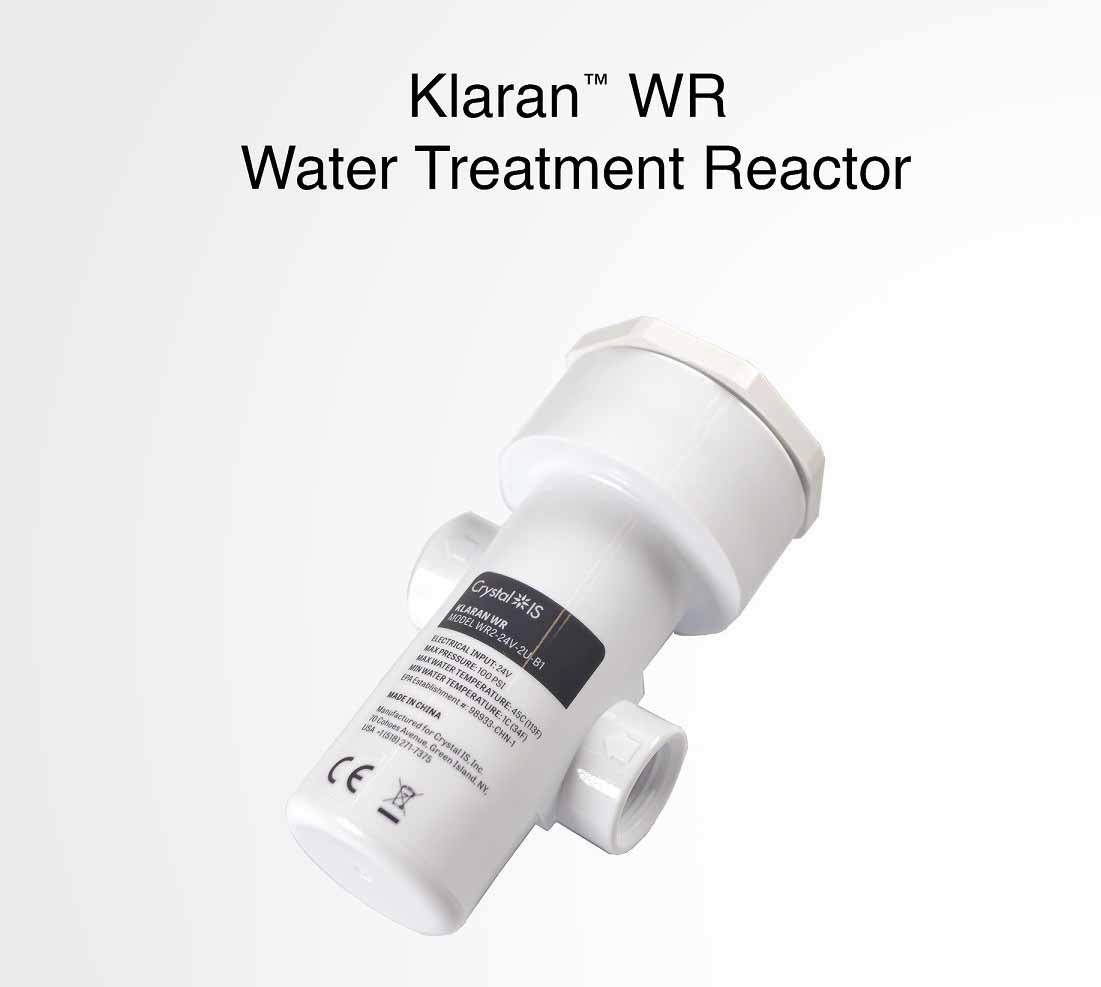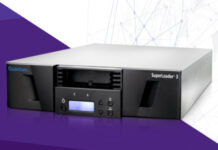New York, Tokyo and Dusseldorf- The Klaran WR water treatment reactor with UVC-LED technology offers more than 75 percent higher performance than a conventional low-pressure mercury lamp system with the same power consumption. This is the result of a bacteriological sterilization test carried out by the Japanese technology group Asahi Kasei and its subsidiary Crystal IS.
- The Klaran WR Test Reactor for UVC LED water disinfection offers a lighter, smaller, longer lasting and safer alternative to mercury lamps.
- Asahi Kasei and Crystal IS’ advances in UVC LED technology contribute to the sustainability of society and are an important step towards achieving a mercury-free world.
Klaran WR is an in-line reactor for point-of-use (PoU) water treatment that combines Crystal IS’ UVC LEDs based on aluminum nitride (AlN) substrates with Asahi Kasei’s optics R&D capabilities and fluid dynamics combined.
Minamata Convention limits use of mercury
While conventional UV sanitizers typically used mercury lamps as the light source, 134 states adopted stricter regulations on the use of mercury after the Minamata Convention came into force in 2017. The regulations of the Convention address the entire life cycle of mercury, from extraction to its use in products and processes to the disposal of waste containing mercury.
UVC LEDs as modern light sources
UVC LEDs were developed as a mercury-free light source that is characterized by compact dimensions, low weight and flexibility in design. Disinfection performance, energy efficiency and the utility value of the new LED technology fully match or even surpass that of a conventional mercury lamp. This enables a faster switch to mercury-free disinfection with UV rays. In the professional world, it is also generally accepted that UVC LEDs can be switched on and off immediately. In comparison, mercury lamp systems are always on. This difference represents a significant advantage for the practical application of UVC LEDs. The question remained unanswered for a long time as to whether an LED system with the same output can also provide the same disinfection performance as a low-pressure mercury lamp system. The new test reactor of the Klaran WR sterilizer has now dispelled this doubt.
Test – water sterilization with UVC LEDs versus mercury lamps
A conventional Klaran WR device was fitted with the same wattage (6W) as a comparable mercury lamp system. The sterilization performance of both devices was then tested with running water. The water flow simulating tap water was 8 L/min with a transparency of 97%/cm at 265 nm, and with the addition of approximately 10 6 CFU/ml E. coli, a common gram-negative, facultatively anaerobic and rod-shaped bacterium. 1
External laboratory checks results
Asahi Kasei developed this test method and commissioned an independent laboratory to evaluate the results because there is no standard procedure for this comparison test. After two minutes, water quality samples were compared. It was found that Klaran™ WR performed better than the mercury lamp system by more than two LRV (logarithmic reduction value). The device reduced the E. coli bacteria in the water to 1/100 of the levels present in the water disinfected with the mercury lamp system.
| sterilization device | power consumption | weight | Dimensions | ||||
| Test reactor Klaran WR | 6 w | 125g | φ51mm × 115mm | ||||
| Conventional mercury lamp | 6 w | 400g | φ52mm × 265mm |
Asahi Kasei believes that Crystal IS’ high-efficiency UVC LEDs can replace traditional mercury lamps in water treatment systems. In addition to the water treatment systems, Crystal IS will use the various advantages of UVC LEDs to further establish this technology in surface and air disinfection.
1 CFU – Colony Forming Units – is a key figure from microbiology. This indicator describes the number of bacteria or fungi that can live and multiply in the water at a certain point in time. It is an important value in microbiology, for example to follow the development of a cell culture or to find out how many microorganisms are in drinking water.















